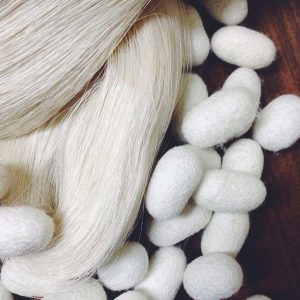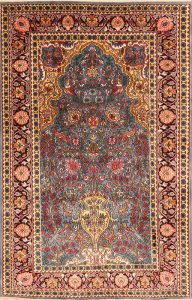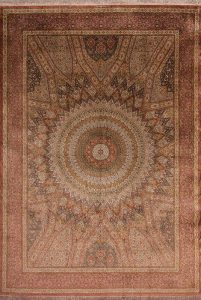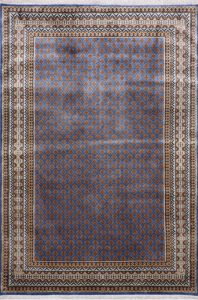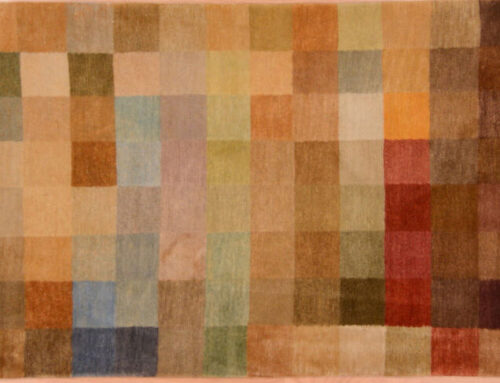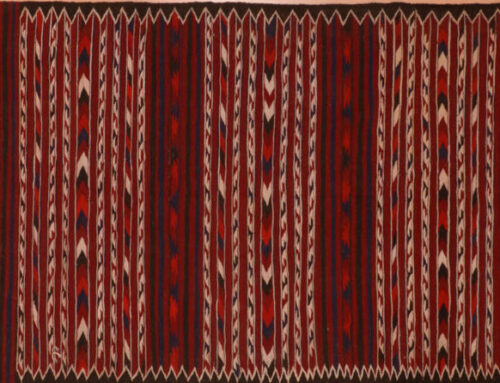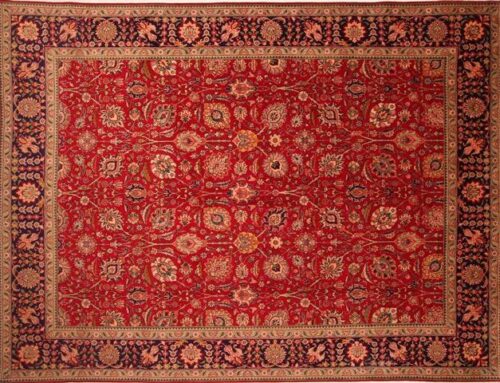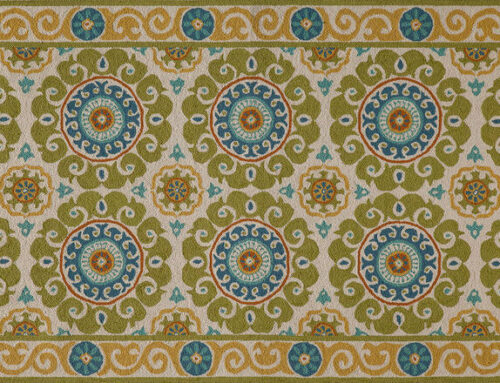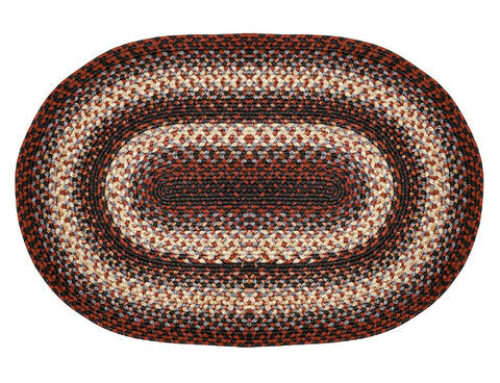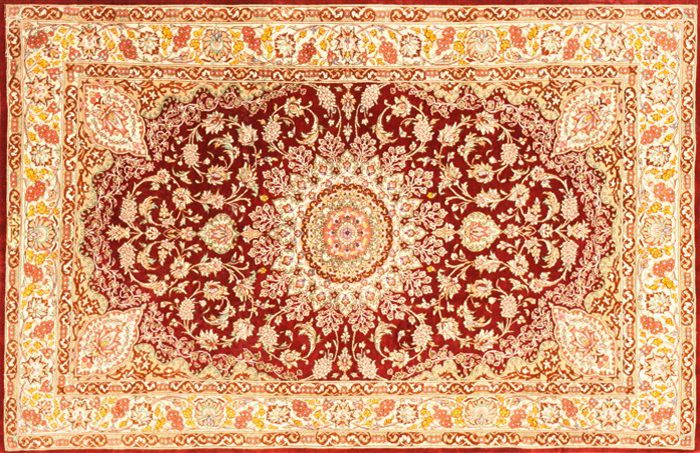
Silk Material 1
Very fine fibers drawn from the cocoon of the moth Bombyx mori. The triangular cross-section of these fibers accounts for the prismatic luster of silk yarn and silk fabric. Filament from the cocoon is about 1/1,200 inch in thickness and from 800 to 1,200 yards in length. Wild or tussar silk, from a variety of moth species, is collected and processed in remote areas of the Near East and Asia. Tussar silk is usually gray, but it can be brown or orange depending on the particular moth species. Tussar silk does not accept dye well.
One method of distinguishing silk from mercerized cotton is to burn a very small quantity. Silk does not easily sustain a flame and forms a small ball of ash. The smoke smells of burnt feathers. Cotton burns easily and brightly and forms a very fine ash. The smoke smells of burnt paper.
Collections
- Silk Material, Kashmir Rug | © Rugman
- Silk Material, Qum Rug | © Rugman
- Silk Material, Mahi Rug | © Rugman

